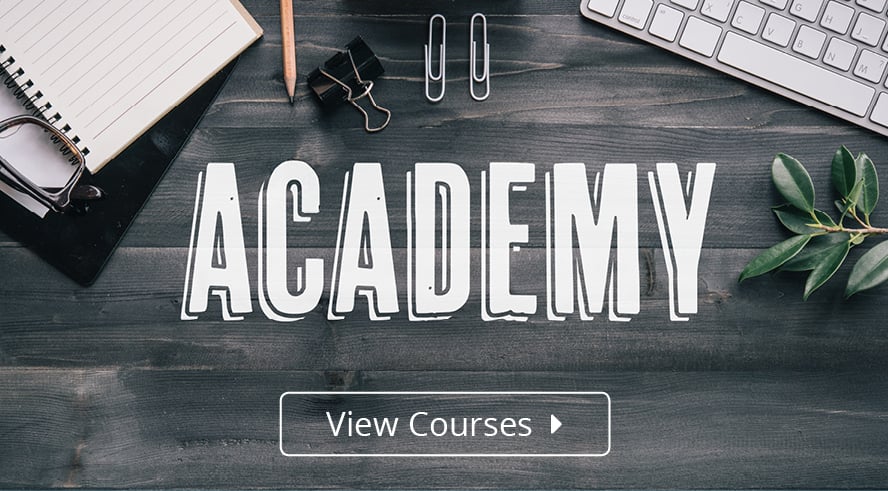Your book is finished, and hopefully, the orders are ready to start rolling in, but you aren't sure how the ordering process works. Well, there are two ways you can order your book yourself, either specifically for you or for your customers. And the third way your book can be ordered is by booksellers, retailers, and libraries directly from Ingram to sell on your behalf.
Ordering Books for Your Own Use
You will likely want to order some copies of your book for yourself. The beauty of print-on-demand is that there's no need to order and store stacks of books you can't afford to have on hand; you can just print copies you've sold, but you should consider maintaining at least a minimal inventory for yourself. You can order any number of copies to be shipped directly to you or your warehouse. Your personal distribution of your book to individuals or groups is a good way to help generate interest and influence future sales. Whether you're selling your book yourself or giving copies away, there are several reasons you would order your own book, including:
Author Events
If author events, including readings and book signings, are part of your book marketing plan, you will want to keep enough copies on hand for those occasions. Suppose you have your author event in a location other than your local indie bookstore; that's when a personal order of books, which you can then sell at your event, will come in handy.
Influencers
You may also want to have copies on hand to give away to influencers, book reviewers, media, and local shops you plan to approach about stocking your title. One common book marketing practice is to provide these types of individuals with advance review copies (ARCs) of your book to build interest in prepublication. If ARCs aren't for you or you missed the boat on pre-pub buzz, you can always send finished copies as well, which many traditional publishers do, but only to their best bets for acceptance and expanded reach. You don't want to send finished copies of your book to everyone as finished copies are a direct expense for you as the publisher, so you want to make sure there's a likelihood that you'll get a return on your investment.
Promotions
You'll need an inventory of your book if your book marketing plan includes giveaway promotions or if you attend a trade show or event where you have a table to display your book. As the publisher, you'll be responsible for supplying your own copies in these situations.
There are several reasons you may want to order your own copies of your book to incorporate into your book marketing and promotion, but don't order more than you'll realistically need. You don't want to end up with no copies of your book when you need them but don't overdo it either so that you have stacks of your book taking up space in your garage. Print-on-demand allows you to order the number of books necessary to fulfill a purpose, so consider how many copies your book marketing will require and order that amount directly for yourself.
Ordering Books As Your Own Retailer
When you sell your book yourself, meaning not through a retailer, you are responsible for ordering the book for your end customer. When you do this, you will receive an order from a customer via your author website, or at an event, you will place the order through your personal account, and you will have the book shipped directly to your customer. In this case, you will pay the printing and shipping fees for the book, but no discount will be applied, meaning you make more margin on these types of sales since there is no retailer to pay. Outdated self-publishing models of the past typically required authors to maintain large inventories that were costly and often never left the garage or warehouse. Print-on-demand and shipping directly to your customers are cost-effective for you due to the fact that you don't have to print or stock more copies than you sell.
How Retailers Order Your Books
IngramSpark's distribution makes your book available to over 40,000 retailers and libraries and online retailers like Amazon, Kobo, and Apple Books. When one of these resources chooses to stock your book on shelves or online, your reach increases exponentially because now you and your book have a sales force. There is a great deal you can do on your own, but there's a limit to your reach as an individual.
Retailers increase your exposure and reach customers ready to purchase your product, and for their help, you offer them a trade discount on their purchase of your book. They sell your book for the list price, which the customer pays, but when the retailer orders your book through Ingram on the customer's behalf, the discount you offer determines how the retailer is compensated for making the sale. You can use our publisher compensation calculator to better understand what your publisher compensation will be on these types of orders.
Many publishers would rather sell their books themselves in order to make a larger margin, but that business model isn't always realistic considering how many more sales you have the potential to make with help from established retailers in the industry and beyond. Any sale of your book is better than no sale, so combine both options, selling via your own means and enlisting the help of retailers. There are a lot more readers that know Barnes and Noble's and Amazon's web addresses than will know your author website, so it's more beneficial for you to be on those sites than your own in terms of discoverability. Also, be sure you set a discount that encourages retailers to stock your book. We recommend a 55% wholesale discount because that will allow booksellers to receive their standard trade discount, and they might stock your title. We allow you to set a discount anywhere between 40-55% for the United States, and between 35-55% for international markets.
If you want to learn more about distribution for indie publishers, download our free PDF guide, Indie Publishing: Beyond Industry Standards.



.jpg)








